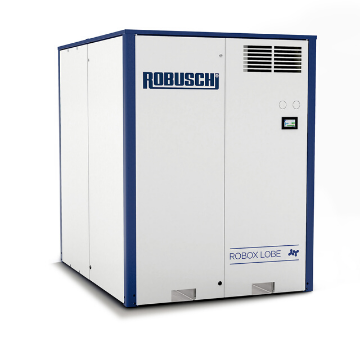Choose a different country or region to see the content specific to your location
Select Your Country/Region
Current Region:
 Global (EN)
Global (EN)
- Industries and Applications
- Wastewater Blowers
- Secondary Sedimentation


